China’s import of US soybeans surged to 2.6m tonnes in November, hitting the highest level since March 2018. That compared to 1.1m tonnes in October and virtually zero from a year ago. On the other hand, soybean shipments from Brazil was nearly unchanged at 3.9m tonnes, comparing to 3.8m tonnes in October, but down -24% from 5.1m tonnes last year.
Agricultural purchases by China is set to rises further as the US and China are set to sign the phase one trade deal soon, likely in January. US President Donald Trump said on Tuesday that “we will be having a signing ceremony, yes. We will ultimately, yes, when we get together. And we’ll be having a quicker signing because we want to get it done. The deal is done, it’s just being translated right now.”
Chinese Foreign Ministry spokesman Geng Shuang said on Wednesday, “both sides’ economic and trade teams are in close communication about detailed arrangements for the deal’s signing and other follow-up work.”




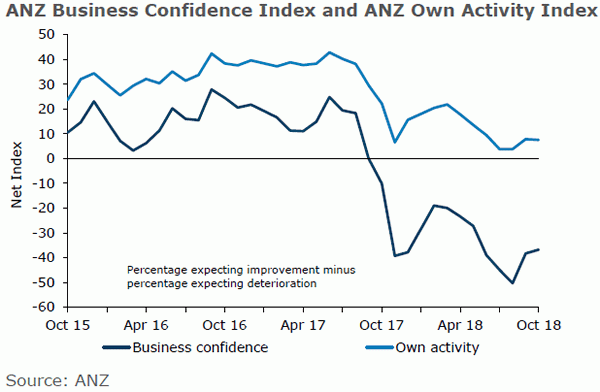
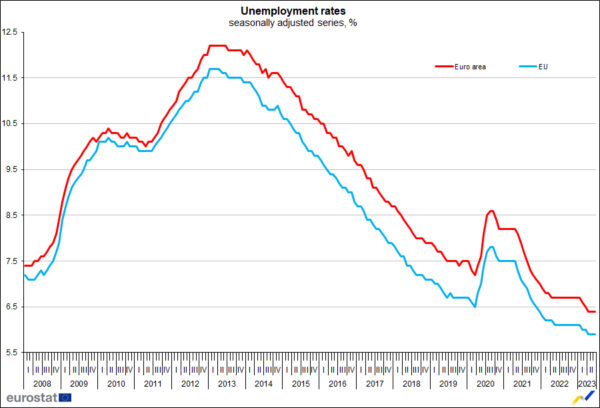
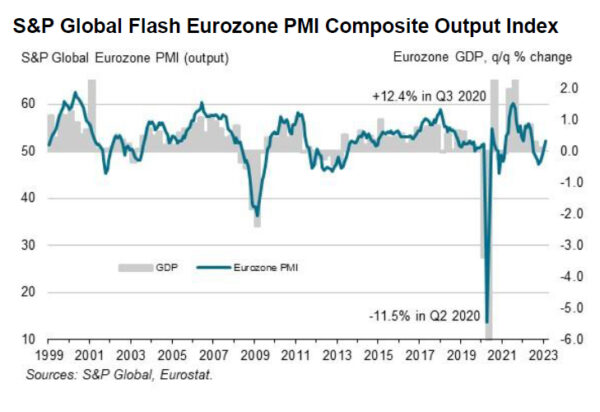
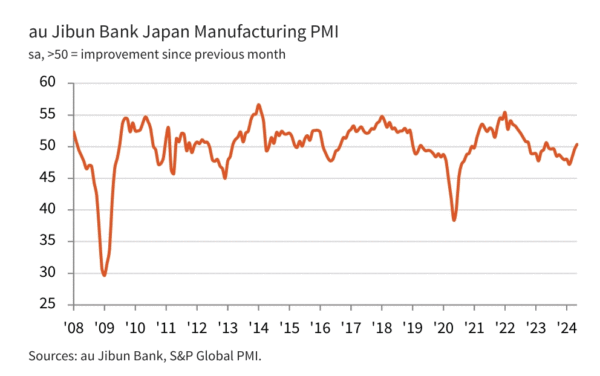
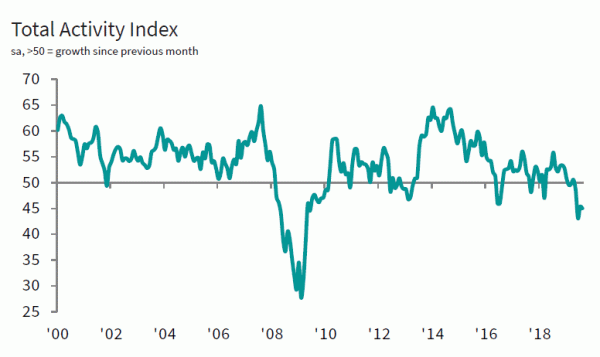
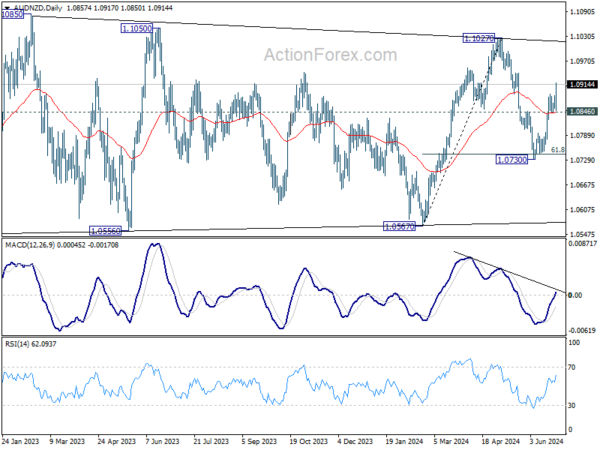
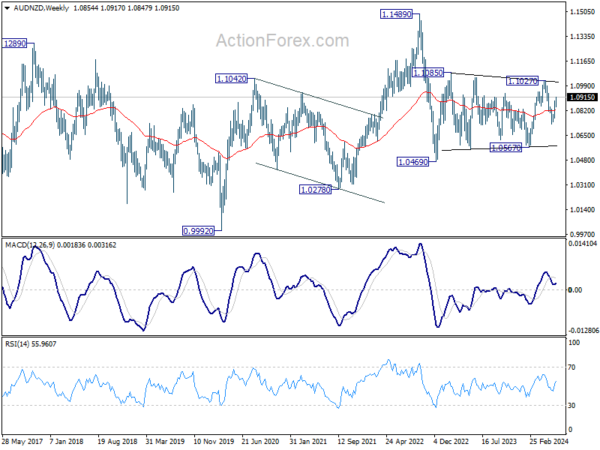
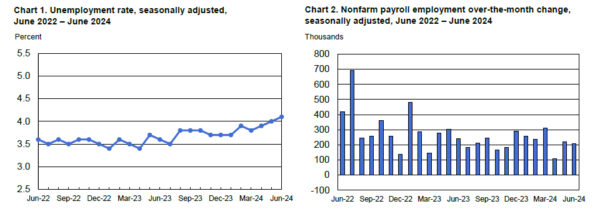
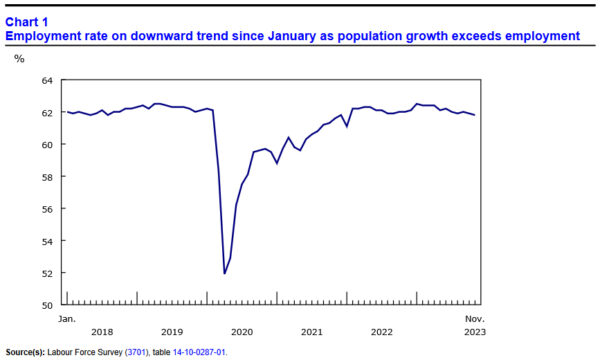
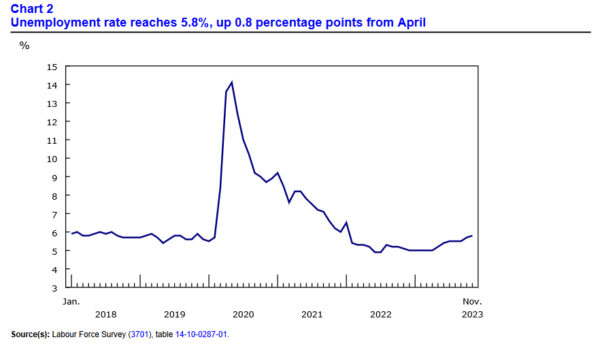
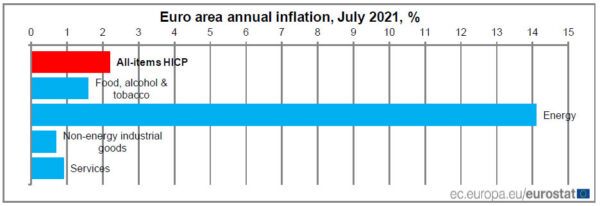
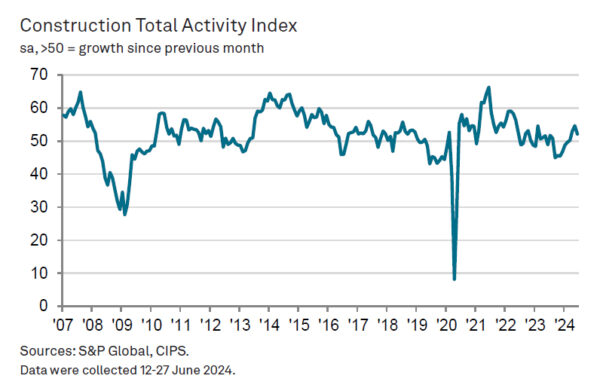
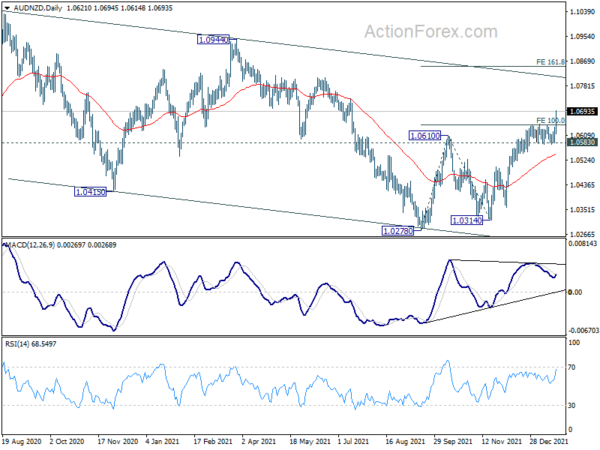
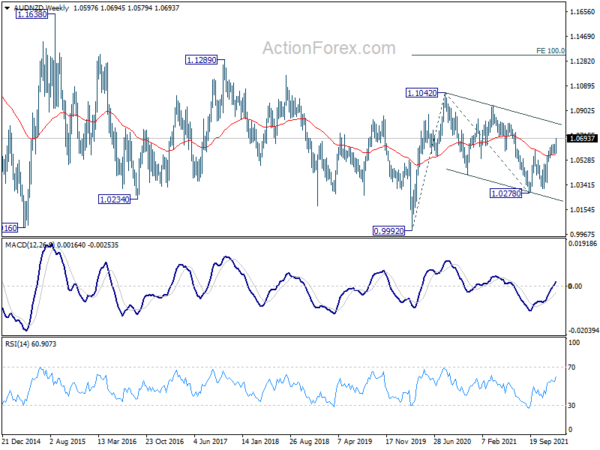
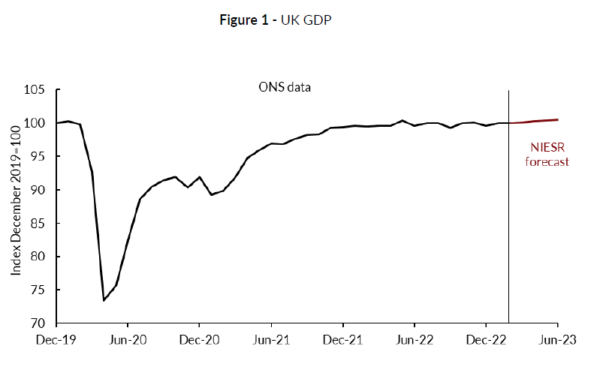

RBNZ’s Conway: Inflation sticky near-term, could fall more quickly medium term
In a speech today, RBNZ Chief Economist Paul Conway discussed the complexities of bringing inflation sustainably back to target, noting “remaining challenges” and various risks and uncertainties.
Conway pointed out that in the “near term”, inflation might be “more persistent” than current projections suggest. He highlighted that domestic or non-tradables inflation and services sector inflation have remained higher than expected, indicating a “sticky” inflationary environment.
Conversely, Conway also sees potential for inflation to “fall more quickly” than anticipated over the “medium term”. Factors such as increasing spare capacity in product and labor markets and shifting business and household inflation expectations could accelerate the decline in inflation.
He explained that RBNZ’s current policy strategy is “balancing these opposing factors.” The bank will closely monitor indicators of core inflation, non-tradables inflation, services inflation, and inflation expectations to assess how these risks unfold. The labor market will also be a critical signal of capacity pressure.
Full speech of RBNZ’s Conway here.